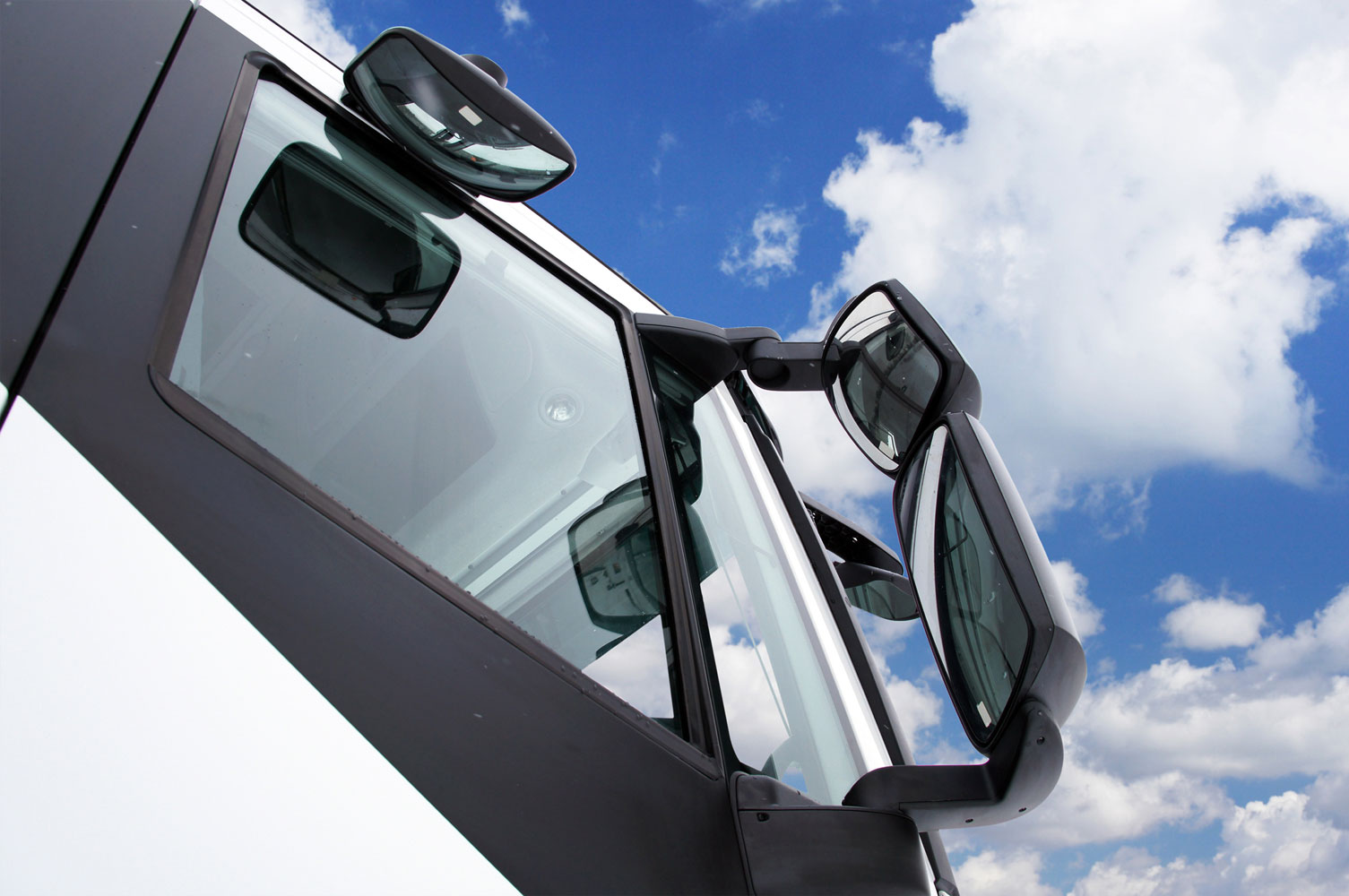
Glass
Every motor vehicle should be designed and constructed to allow the driver a full view of the road and traffic ahead.
Construction and Use Regulations lay down the following requirements for motor vehicles and trailers first used on or after 1st June 1978:
Windscreens and windows on either side of the driver’s seat must be made of safety glass other windows must be made of safety glass or safety glazing. Security vehicles may have all windows made of safety glazing Safety glazing has the same shatterproof properties as safety glass but is not made of glass.
Temporary windscreens, which are fitted to replace broken screens, may be made of safety glazing. They are only to be used to undertake a journey to a place of repair, or to complete the journey on which the breakage occurred.
All glass or other transparent material must be maintained so that the vision of the driver is not obscured.(Instead of complying with the Construction and Use Regulations described above, vehicles may comply with community Directives 77/649 or 81/643)
Note: It is an offence to obscure the windscreen using stickers, mascots, ‘satnavs’, etc.
Such practice may result in the vehicle failing its annual test or receiving a prohibition at the roadside.
Windscreen Wipers and Washers
All motor vehicles must be fitted with one or more efficient automatic windscreen wipers.
These must be capable of clearing the windscreen so that the driver has an adequate view to the front and both sides of the road to the front.
Such vehicles must also be fitted with a windscreen washer capable, in conjunction with the wipers, of keeping the windscreen clean of mud, dirt, etc. The driver may commit an offence if his washer bottle is empty, whether or not he is using the wipers or washers at that time.
Mirrors
All goods and dual-purpose vehicles first used on or after 1st June 1978 must be fitted with at least two mirrors. One must be fitted externally to the offside of the vehicle. The other must be fitted internally, unless this would give the driver no view to the rear of the vehicle. In this case, a mirror must be fitted externally to the nearside of the vehicle, and the internal mirror would not be required
Goods vehicles effectively need two external mirrors when loaded. However, the internal mirror must be retained unless it provides no rear vision at any time e.g. box body).
All goods vehicles exceeding 3,500 kg mgw must be fitted with additional wide-angle mirrors and close proximity mirrors. These mirrors are designed to eliminate blind spots, particularly those that could obscure pedestrians and cyclists, on the nearside of vehicles.
All new goods vehicles exceeding 7,500 kg mgw must be fitted with an additional mirror, which gives the driver a view across the front of the vehicle.
External mirrors must be visible to the driver either through a side window or through the portion of the windscreen, which is swept by a windscreen wiper.
The driver must be able to adjust the interior mirror and the offside exterior mirror from his seat. Mirrors, which spring back into position without further adjustment, are exempt from this requirement.